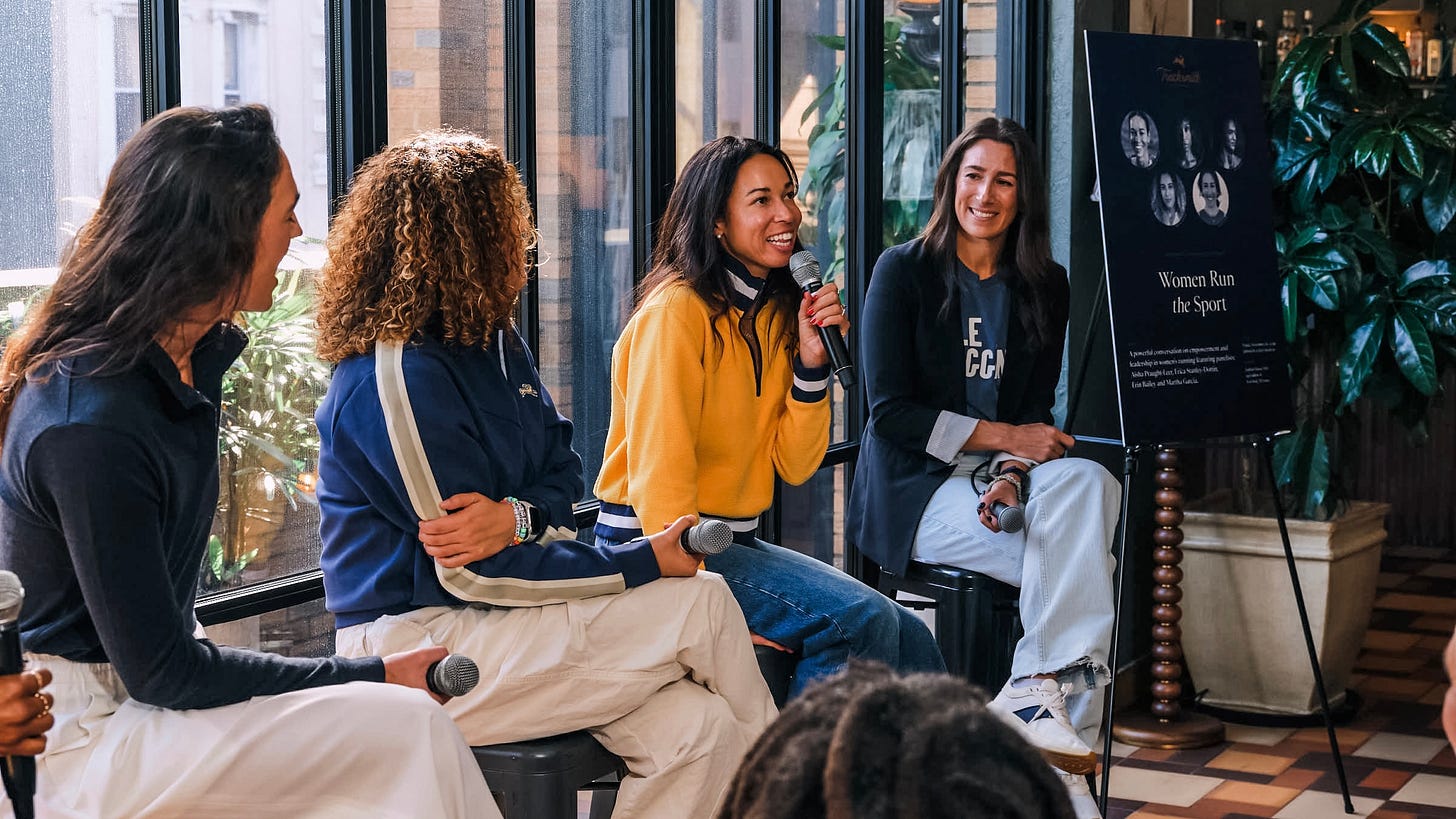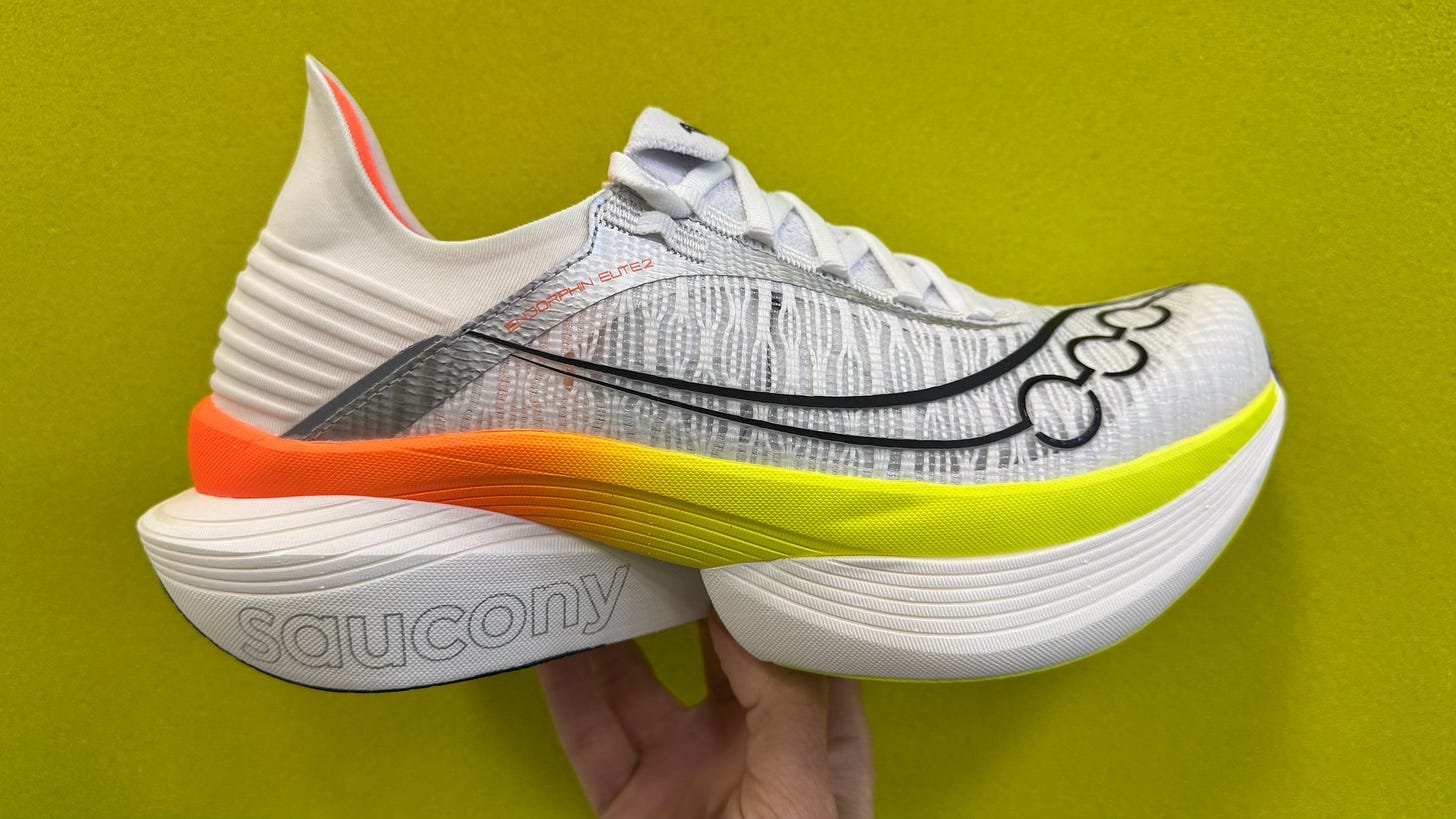What Does It Really Mean to Be a “Content Creator”?
This catch-all descriptor erases different levels of expertise and makes it hard to figure out what online info is legit.
There are 27 million paid content creators in the U.S. alone, according to a recent Wall Street Journal article that cited a study released just under a year ago by the Keller Advisory Group. Of that 27 million, according to the study, 44 percent—or 12 million people—are said to be working as paid creators in a full-time capacity. That’s a wild stat.
“Content creator” is an interesting term. YouTube adopted the term “creator” over a decade ago to describe the people uploading videos to their platform, and it’s increasingly used to describe anyone producing and sharing information or media content for specific audiences, particularly in the digital space. It’s also replaced the title “influencer,” which seems to have become more of a negative descriptor starting in 2017 and 2018 (this Vice article offers a good deep dive on that topic, and the book Swipe Up for More also delves into how “influencing” was originally dismissed as a frivolous because it was primarily done by women).
Today, the terms influencer, content creator, storyteller, writer, even journalist all seem to be used interchangeably. Case in point: Conde Nast—where I was first employed at SELF magazine right out of college—now lists writer and editor positions under the “content creation” category. The fact that there are so many ways to create content, whether it’s information or entertainment, is awesome and I think there’s space for all of it; but there doesn’t seem to be much distinguishing between the type of content creators. As a journalist, I find it hard sometimes to be lumped into the same category as someone who’s just really good at sharing their personal experience on social media.
I was taught to never use a single source in a story; to always vet my sources (for example, by verifying their credentials or looking at past work and affiliations for any red flags). At my first job, I worked with the research and fact-checking departments and learned how to read scientific studies beyond the headline; at my second job, I used tools like LexisNexus and social media (still in its infancy!) to track down sources; when I went freelance and shifted my focus to running, I enrolled in (and passed) two coaching certification courses so I would be better educated when interviewing athletes, coaches, and academics. That’s the experience I’m relying on when I interview someone for an article or share research on social media.
But that’s not what you’re getting from a social media influencer. A whopping 62% of influencers surveyed said they don’t vet the accuracy of content before sharing it with their followers, according to a new UNESCO study. UNESCO surveyed 500 digital content creators with 1,000+ followers across 45 countries and territories were surveyed in August and September 2024. Here’s what they found:
~1/3 said they shared info without checking its validity if it originated from a source they trusted
4 out of 10 said they evaluate a source’s credibility by popularity (read: likes and views) rather than verifying the info
1 in 5 influencers said trusted friends and experts were the most common factor in determining an online source’s credibility
only 17% said documentation and evidence was their top factor in gauging credibility
37% of influencers said they verified info with a fact-checking site before posting
~6 in 10 influencers deferred to their own personal experiences as a source of info
This study was not done on health influencers, and it focused mostly on “nano-influencers,” or accounts with 1,000 to 10,000 followers. But it’s disheartening nonetheless, because it shows how social media creates an echo chamber. Too many influencers rely on their own experiences, the popularity of information, and “trusted friends” to determine whether information is accurate—and too few due their due diligence in vetting info before posting.
There’s a difference between a running coach—or a doctor of physical therapy, or a registered dietitian nutritionist, or a sports medicine doctor—who uses social media, and a content creator who also offers coaching, nutrition advice, etc. And that distinction is going to become so much more important as we enter an “era of never ending pseudo-scientific bullshit,” to quote Steve Magness.
There is a certain breed of content creators that use social media platforms to sell you on unregulated herbal and dietary supplements; swear that this “one thing” will fix your hip, shoulder, knee problems; and promise that you’ll see results if you follow their best-selling training program based on an N-of-1. Social media can drive you down rabbit holes of wellness mis- and dis-information, where random users elevate misleading facts and normalize behaviors that may not actually benefit your wellbeing. (Here’s another not-so-fun stat: 60% of health-related videos on TikTok from non-medical influencers contain non-factual information.)
The real information is not always in buzzy headlines, video hooks, and access to the latest products; it’s about whether the person or outlet disseminating that info has a deeper understanding of that topic or product—and whether they deserve your trust. It’s about vetting the people you get your information from to find ones you can trust, and better educating yourself so you aren't deceived by engagement bait.
Everyone’s a content creator these days. Sometimes, I wonder what that means for my job and my industry (traditional publishing, whether that’s print or digital is…not thriving). Where does my skill set fit into a world driven by social media, where anyone with enough charisma or confidence can bill themselves as an “expert”? Honestly, I have no idea. I feel like I’m somewhere in between magazine journalist (my college major) and content creator, whatever that means in this media landscape.
I’m not anti-influencer or anti-content creator (by the definition above, I am a content creator). But I do believe there’s a difference in the types of content being created, and it’s on the consumer to engage with that content with more awareness. It’s important to understand how to sift through the noise, and to understand the difference between content meant to educate and content meant to entertain.
the rundown
Saucony Endorphin Elite 2
This is a fun shoe!! When I first put it on, I remembered that a source once said to me, regarding super shoes, that “not anyone can drive in a Lamborghini.” Just walking around, I could feel my ankles wobbling atop that 39.5mm stack height. The Endorphin Elite 2 uses the brand’s all-new incrediRUN foam, and, yes, it feels incredible (we’re going to get so sick of hearing people say that). I found this version to be so much bouncier than the first, and it’s the first time that I’ve really felt that a shoe is meant for a certain pace; I wore it for workout, and felt way more in control running 8:00 pace or faster that I did over 9:00 pace. Saucony extended the heel counter, which made the shoe feel more secure to me, and ditched the weird cutouts on the upper in favor of a light, streamlined design that’s super breathable. I didn’t dislike the OG, but I could actually see myself racing in this version this year. It will be available March 1 for $275.
Run More to Get Faster
You know how people say to run faster, you have to run more? It’s true. Faster runners accumulated three times the volume of slower runners in a new analysis published in Sports Medicine. The researchers looked at training sessions from the 16 weeks preceding 151,813 marathons completed by 119,452 runners and also found that faster runners had more easy running than running at higher intensities. The fastest runners mostly reached their larger training volume by increasing training volume in zone one. But! “More” is relative, and there’s a big difference between increasing your base from 20 to 30 miles a week and increasing it from 20 to 50 miles per week. I wrote about this a while ago for Women’s Running, and would suggest anyone looking to increase their mileage work closely with a coach to do so smartly.
Print Magazine Are Having a Moment?
This isn’t running-specific, but feels relevant to this week’s topic: This interview on Marketplace highlighted the resurgence of several print magazines (NYLON, Sports Illustrated, VICE) and how the economics of printing physical magazines became untenable—despite the fact that people still wanted them. I’m very interested in the idea of beautifully designed magazines that feel like collectibles and appeal to higher end subscribers (see: Trails magazine), and am curious how that could translate to the running space.





From my perspective a "Creator" is someone who makes something new. Parroting others work is not Creating. Lack of fact checking and pseudo science seems to be the norm. As a result, we have the onus on ourselves to fact check and vet the "Creations".
“Everyone’s a content creator these days” is the truest sentence ever uttered. I didn’t even want to be a creator per se but the current environment seems to have pushed everyone that way and I found myself having to adapt.